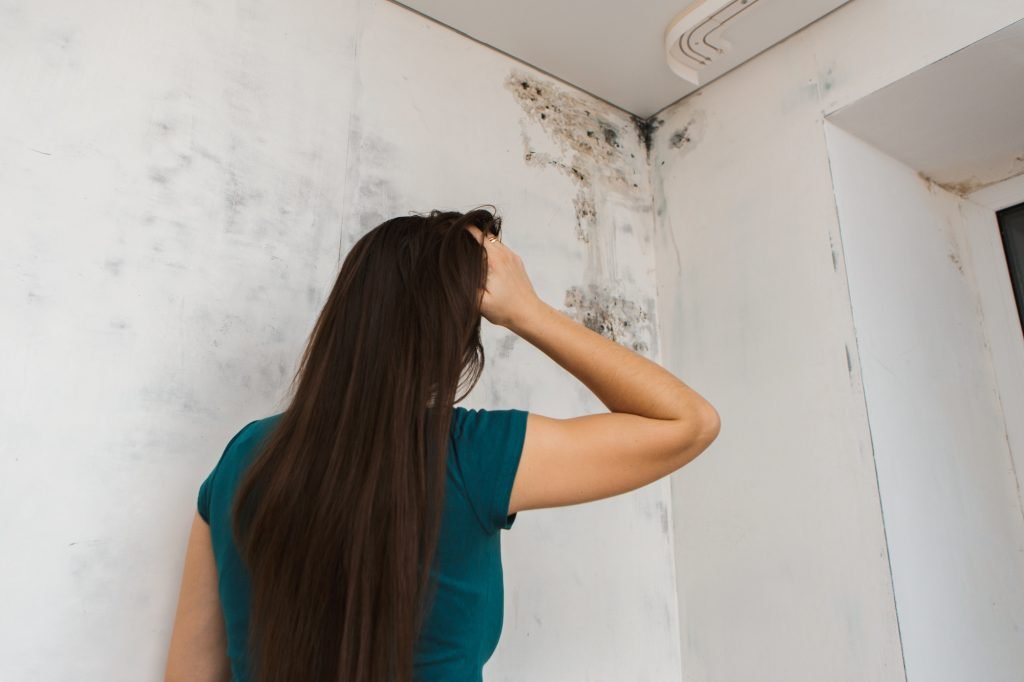Water damage is more than just a puddle on the floor or a damp patch on the ceiling. It can have far-reaching consequences that extend beyond the visible signs of moisture. From compromising the structural integrity of your home to posing health risks to occupants, the effects of water damage can be significant and long-lasting. In this article, we’ll delve into the various consequences of water damage and why prompt action is crucial in mitigating its impact.
1. Structural Damage:
Water has a knack for finding its way into the most unexpected places, including the structural components of your home. Over time, prolonged exposure to moisture can weaken wooden beams, corrode metal structures, and compromise the stability of walls and foundations. This can lead to sagging ceilings, warped floors, and even structural collapse in severe cases, posing a serious threat to the safety of occupants.
2. Mold Growth:
One of the most insidious consequences of water damage is the proliferation of mold and mildew. Mold thrives in damp, humid environments, and water-damaged areas provide the perfect breeding ground. Left unchecked, mold can spread rapidly throughout your home, releasing spores into the air and triggering allergic reactions and respiratory problems in susceptible individuals. Additionally, certain types of mold, such as black mold (Stachybotrys chartarum), can produce toxins that pose serious health risks.
3. Damage to Personal Belongings:
Water damage doesn’t discriminate – it can wreak havoc on your prized possessions, from furniture and electronics to family heirlooms and sentimental items. Upholstered furniture may become waterlogged and prone to mold growth, while electronic devices may short-circuit and become unusable. Irreplaceable items such as photographs, artwork, and documents may suffer irreparable damage if not promptly addressed.
4. Electrical Hazards:
Water and electricity are a dangerous combination, and water damage can create electrical hazards within your home. Exposed wiring, malfunctioning appliances, and water infiltration into electrical outlets can increase the risk of electrical fires and electrocution. If you suspect water damage near electrical components, it’s essential to shut off the power supply to the affected area and seek professional assistance immediately.
5. Health Risks:
In addition to mold-related health issues, water damage can also contribute to other health risks. Standing water can become contaminated with bacteria, viruses, and other pathogens, posing a risk of waterborne illnesses. Furthermore, damp environments can attract pests such as rodents and insects, exacerbating respiratory problems and allergies in occupants.
6. Decreased Property Value:
The presence of water damage can significantly reduce the value of your property and make it less attractive to potential buyers. Structural issues, mold infestations, and visible water stains can deter prospective homeowners and lead to difficulties in selling your home. Addressing water damage promptly and thoroughly is essential not only for preserving your property’s value but also for ensuring the safety and well-being of its occupants.
In conclusion, water damage is more than just a cosmetic issue – it can have far-reaching consequences that impact both your home and your health. By understanding the potential risks of water damage and taking proactive measures to address and prevent it, you can safeguard your property and protect your loved ones from harm.
